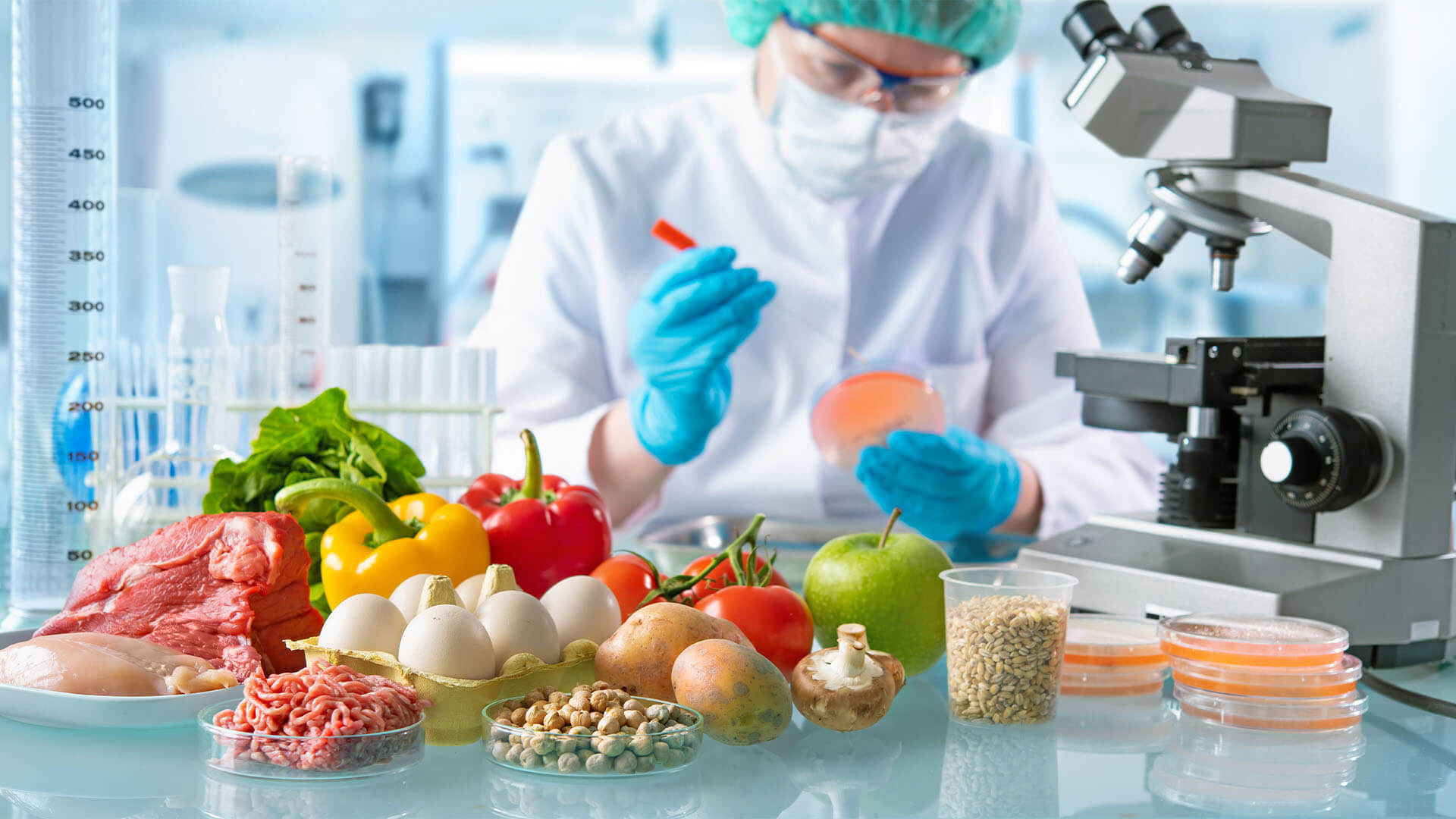Over the past decade, the global population expanded and increased the demand for food production. As agricultural development grows and processing facilities increase production, the risk of contamination rises. Food scientists are constantly searching for innovative safety techniques, improving public health.
As the global population expands, professionals expect mass migration into cities. The displacement of individuals away from food sources increases transportation and long-term preservation methods. Before we evaluate recent technological and processing innovations in the food safety sector, we must assess their counter challenges.
Challenges in Food Safety
Home cooks take the necessary precautions to prevent contamination in their kitchens. Most individuals spray their counters with antibacterial solutions after handling raw meat. They also wash the exterior of their produce before using it in a dish.
Though kitchen safety measures can effectively prevent illness, some contamination occurs before items reach the grocery stores. Inadequate farm regulations and testing can decrease the safety of items before they enter a processing facility. If a hen has an organ infection, its egg yolks may carry that defect and cause consumer illnesses.
Contaminated irrigation water also decreases the safety of produce. When a farmer sprays infected water over their fruits and vegetables, they absorb the microbes and bacteria, passing them along to consumers. Researchers examined pre-consumer food safety limitations and developed effective technologies and practices, reducing global illness.
Thermal Treatments
One effective method of reducing bacteria and other contaminants in food is radiofrequency (RF). The sterilization and pasteurization technology uses an electrical field, heating an item with friction between negatively and positively charged ions. RF heats food more effectively than a microwave and takes a shorter amount of time.
Ultra-high temperature (UHT) processing is another food safety technique that enhances traditional pasteurization practices. Professionals are using the methods to increase the sanitation of dairy products. The liquid goes through a high heating device, removing bacteria before filtering it into a sterilized package.
UHT milk can remain safe and fresh out of the refrigerator for nearly three months. Eliminating contaminants in dairy products can significantly improve public health.
Flash Freezing
Another effective food safety technique is flash freezing. Professionals use innovative technologies to freeze items at ultra-low temperatures before bacteria can cause contamination.
Flash-frozen fish maintain their freshness and flavor over time while reducing microbial contamination. Preserving the quality of seafood is essential to public health because of its high nutritional value. Consuming fish weekly minimizes an individual’s chance of developing Alzheimer’s, depression, stroke and other fatal health conditions.
Nonthermal Processing
Traditional heating methods effectively eliminated bacteria and other microbes in foods. Unfortunately, it caused adverse effects on product flavors. Scientists examined the safety method’s limitations and developed innovative solutions.
Scientists developed the irradiation process, decreasing food-related illness while maintaining quality. They use innovative technologies, emitting gamma rays into products, targeting bacteria and microbes that fuel contamination. Other systems use X-rays, directing high-energy electrons into products, enhancing their safety.
Ensuring the Safety of Your Food
Individuals can ensure the optimal safety of their foods by evaluating labels at grocery stores. The Food and Drug Administration oversees processing in the US and requires companies to display their contamination prevention forms on their labels. The Radura symbol signifies the irradiation process, elimination of harmful bacteria and microbes.
Similarly, items processed by UHT display the acronym below the nutrition facts. When consumers identify food safety measures, they can effectively prevent themselves from developing illnesses.



















